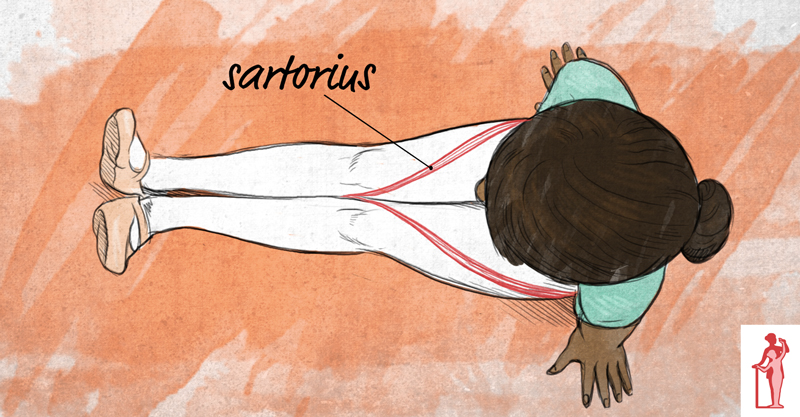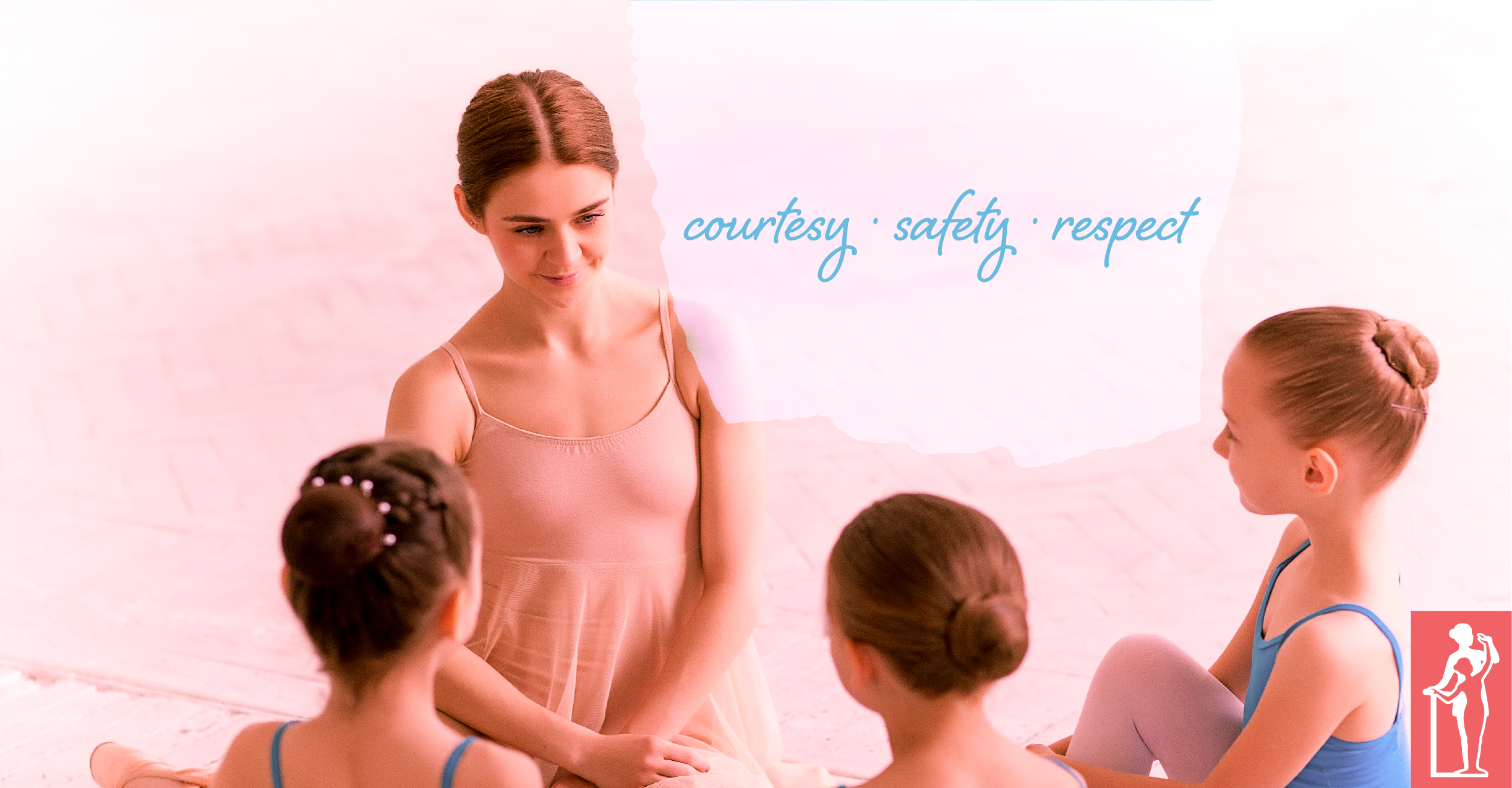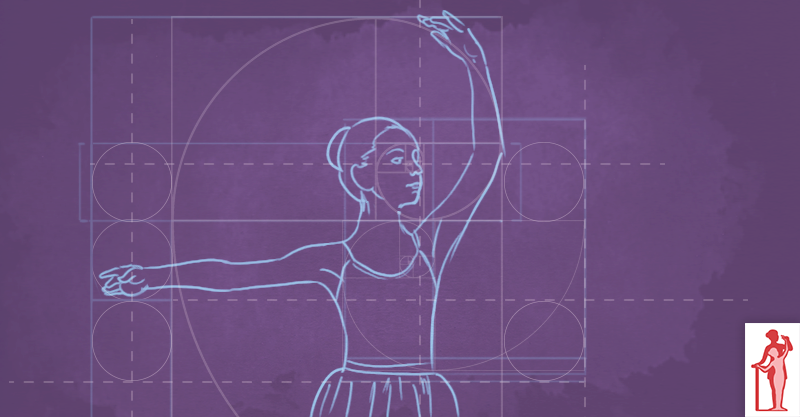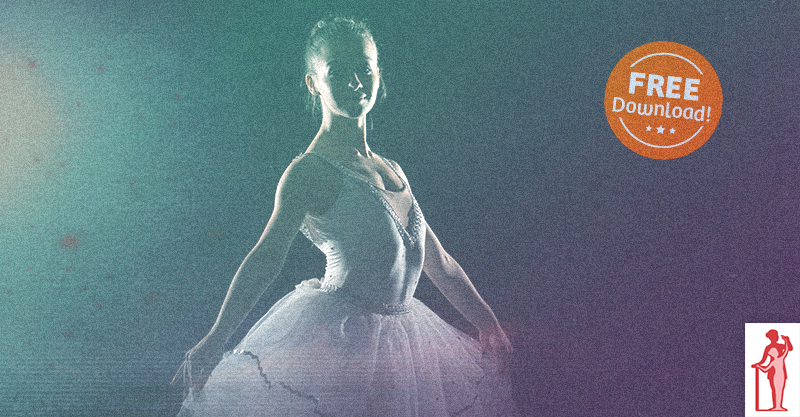



What Can I Do To Change Their Behavior?

Why is it so Hard to Keep the Circle the Same Size?

Correcting Errors in Muscle Use

Avoiding Injury with Correct Muscle Use

Sensory Development for Purposeful Movement

Dancing with Partner Cards

Ignoring Wrong Behavior—Does it Work?

Using Ballet Terminology and Musicality in Class

Working Toward Excellence in Classical Ballet

Planning Your Intermediate Pointe Class

Courtesy, Safety and Respect in the Classroom

The Pyramid of Coordination

More Games for the Ballet Classroom

Developing Coordinated Dancers

What is Coordination?

Tips For Teaching Preschool Combo Classes

Why Warmups?

Expecting Good Behavior From Preschoolers

Posture Checklist for Ballet Students

Choosing Class Format for Beginning Pointe

Hints for a Happy Class

The Power of Teaching Progressions

Using Inertia to Avoid the "Dead Spot"
